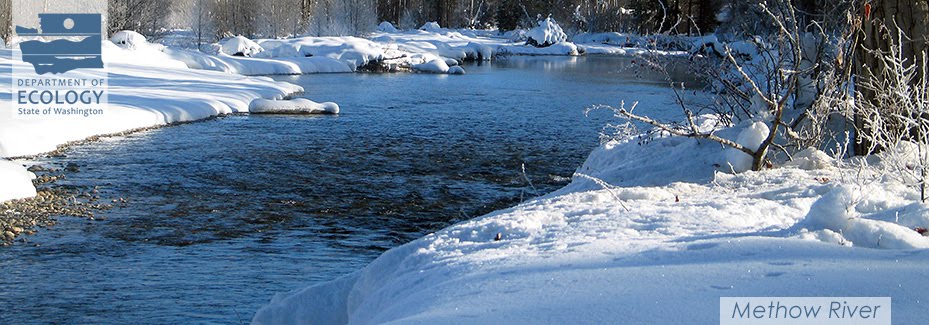 |
| PCBs are in many paints! |
You would think that a toxic substance we stopped using 35 years ago would no longer be a problem, right? Wrong.
Polychlorinated biphenyl (PCB) contamination is widespread throughout Washington and found in almost every water body in the state.
History of PCBs
PCBs were produced for commercial uses from about 1929 to 1977. During this time, PCBs were widely used for heat transfer fluids in electrical transformers and capacitors. They were also used as plasticizers, wax and pesticide extenders, and lubricants. Many common products used to contain PCBs at high levels, such as carbonless copy paper and caulk used to seal cracks in homes and buildings.As early as 1936, serious skin irritations and other health effects were noted in industrial workers exposed to PCBs, which led to increased protection for workers but didn’t slow their manufacture. By 1976, it was clear PCBs were also an environmental problem. The Toxic Substances Control Act (TSCA) was passed to ban the majority of PCB uses and restrict remaining concentrations to low levels. This law was in effect by 1979.
Health & environmental effects
Unfortunately, PCBs last for a very long time in the environment. This is a concern not only for plants and animals, but also for humans. PCBs have toxic effects to the immune, reproductive, nervous, and hormone-regulation systems in humans and other living things. PCBs cause cancer in animals and are considered likely to cause cancer in humans.PCBs also build up in living things, which is amplified when predators eat prey (known as biomagnification, see illustration, courtesy of the Seattle Post Intelligencer). For example, the Washington Department of Health has set fish advisories for many bodies of water due to PCB and other contamination. When a person eats fish that’s been living in waters contaminated by PCBs, that contamination then enters her body and adds to the store she already may have from other exposures – like consumer products.
Breaking the law?
PCBs continue to show up in products today because manufacturing them at low levels was not outlawed by TSCA. They are often inadvertently produced during manufacturing processes, especially those including pigments or dyes. Concentrations in each product are low. However, the large numbers of products that contain PCBs add up to significant, problematic releases to the environment.The results are in: PCBs in consumer products
We recently tested 68 consumer products and confirmed that PCBs are present in commonly used items. Forty-nine, or 72 percent, of the products contained at least one of four PCB types. We ran the tests to gauge PCB levels in consumer products and potential releases to Washington’s environment. |
| Chemist Alex Stone prepping samples for the lab. |
We have already begun a second round of testing for PCBs in consumer products with a focus on yellow, green and blue paints and colorants, colored clothing, cosmetics, soaps, office products and products used by children, such as fingerpaints and comic books. Some of this testing will help state agencies comply with a new law requiring agencies to only buy PCB-free products.
If you have any questions about the PCB report, please contact Alex Stone at 360-407-6758.
PCBs affect water quality
Gov. Inslee’s Clean Water Initiative to update water quality standards and reduce toxic threats includes PCBs as a key chemical of concern. Contamination levels are high enough to require cleanup plans in several areas, including the Lower Duwamish Waterway, Spokane River, Wenatchee River, and Lake Washington. Ecology also found elevated PCB levels in the Puget Sound basin and estimated releases as part of the Puget Sound Toxics Assessment.PCBs in consumer products are also making it difficult for some companies to meet their water quality discharge limits. For example, a large paper recycler in the Spokane area is having trouble meeting its water discharge limits because of PCB contamination in a lot of the products it recycles, including newspaper and consumer product packaging. If we can help get rid of PCBs in these products, it benefits not only the environment but industry as well.
Be part of the solution
We have drafted a chemical action plan identifying PCB sources in the state and recommending ways to reduce exposures. We are inviting public comments on the plan Aug. 6 to Oct. 6, 2014. If you have questions or comments, please contact Holly Davies at 360-407-7398.These product-testing campaigns are just one piece of a much larger toxics puzzle. You can stay informed about all our work to reduce toxic threats by:
- Following our Tackling Toxics series right here on the ECOconnect blog.
- Signing up to receive email notifications about toxic chemicals in children’s products.
- Accessing manufacturer-reported CSPA data online.
- Taking action to reduce toxic threats in your everyday life.


No comments:
Post a Comment